
Eli Moschcowitz
Eli Moschcowitz (1879–1964), pathologist who first described TTP and pioneered early psychosomatic medicine, influencing the biopsychosocial model.

Eli Moschcowitz (1879–1964), pathologist who first described TTP and pioneered early psychosomatic medicine, influencing the biopsychosocial model.
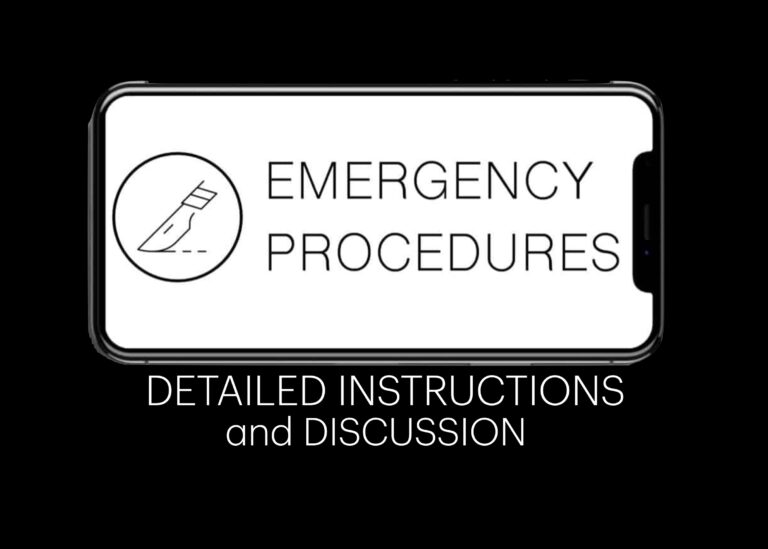
Emergency procedure, instructions and discussion: Pericardiocentesis. One of the most difficult and risky but life-saving emergency procedures

Emergency Procedure: Pericardiocentesis. one of the most difficult and risky emergency procedures, but one you already have the ultrasound and line skills to perform well.

Helen Rimington explores the Echocardiography Essentials course with a video demonstrating rapid bedside assessment and diagnosis of pericardial effusion.
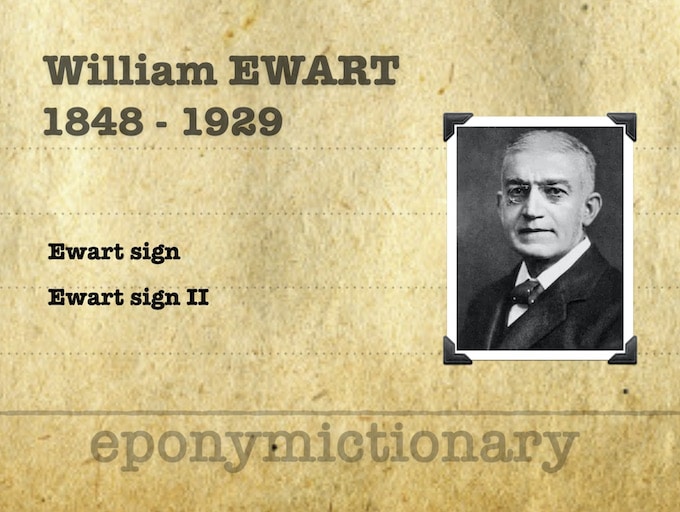
William Ewart (1848 - 1929) was an English physician. Ewart signs of pericardial effusion (1896) and his twelve signs of pericardial effusion
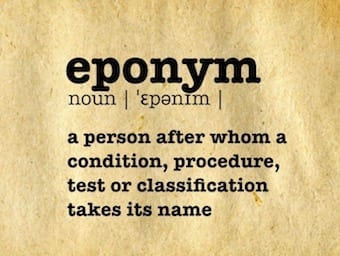
Emil Elias Pins (1847 - 1913) was an Austrian physician. Pins sign (1889) of pericarditis and pericardial effusion similar to Ewart sign
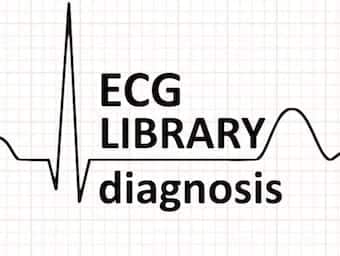
Massive pericardial effusion produces a characteristic ECG triad of low QRS voltage, tachycardia, and electrical alternans. LITFL ECG Library
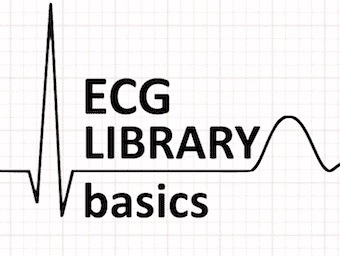
Part five of a 5 part lecture series on ECG/EKG Interpretation with Dr Theo Sklavos and cardiologist A/Prof William Wang.
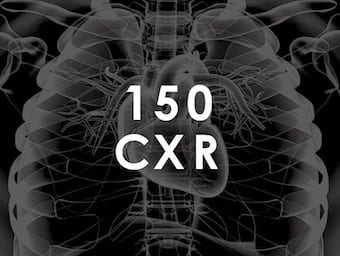
A 79 year old female with a history of atrial fibrillation and hypertension presents with increasing dyspnea. Interpret the evolving CXR's

Pierre Barrère (1690 - 1755) was a French physician and naturalist. He published works in medicine, presenting cadaveric dissections and detailed descriptions of pathologies such as pericardial effusion
Arthur Ernest Sansom (1838 - 1907) was an English physician and anaesthetist.

Franz Zehetmayer (1813 - *1846) was an Austrian physician. Pericarditis, pericardial effusion and the genu-pectorale position